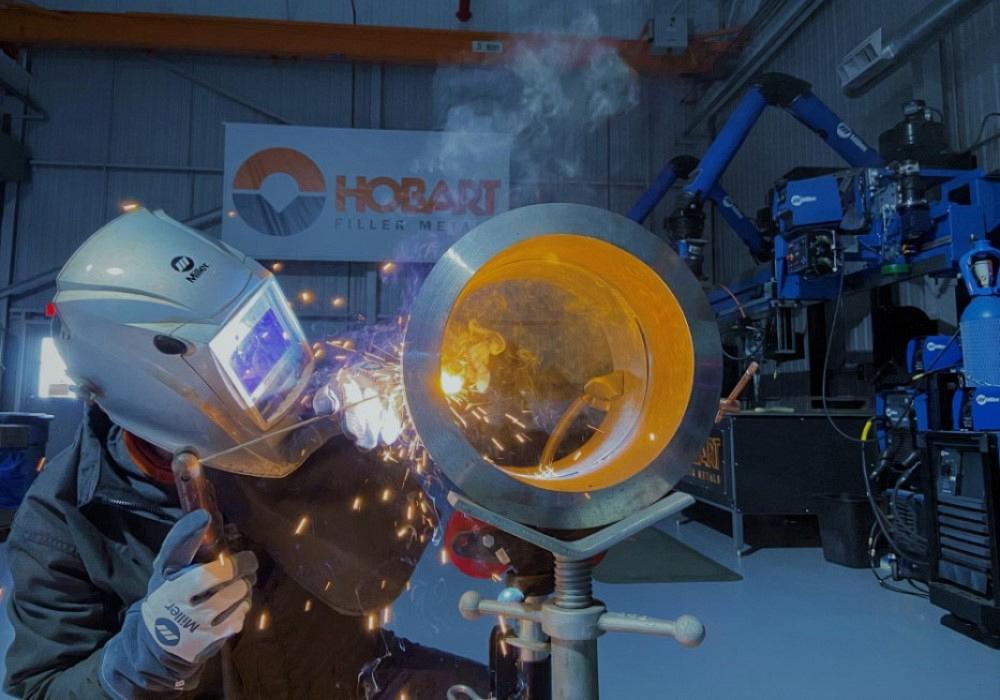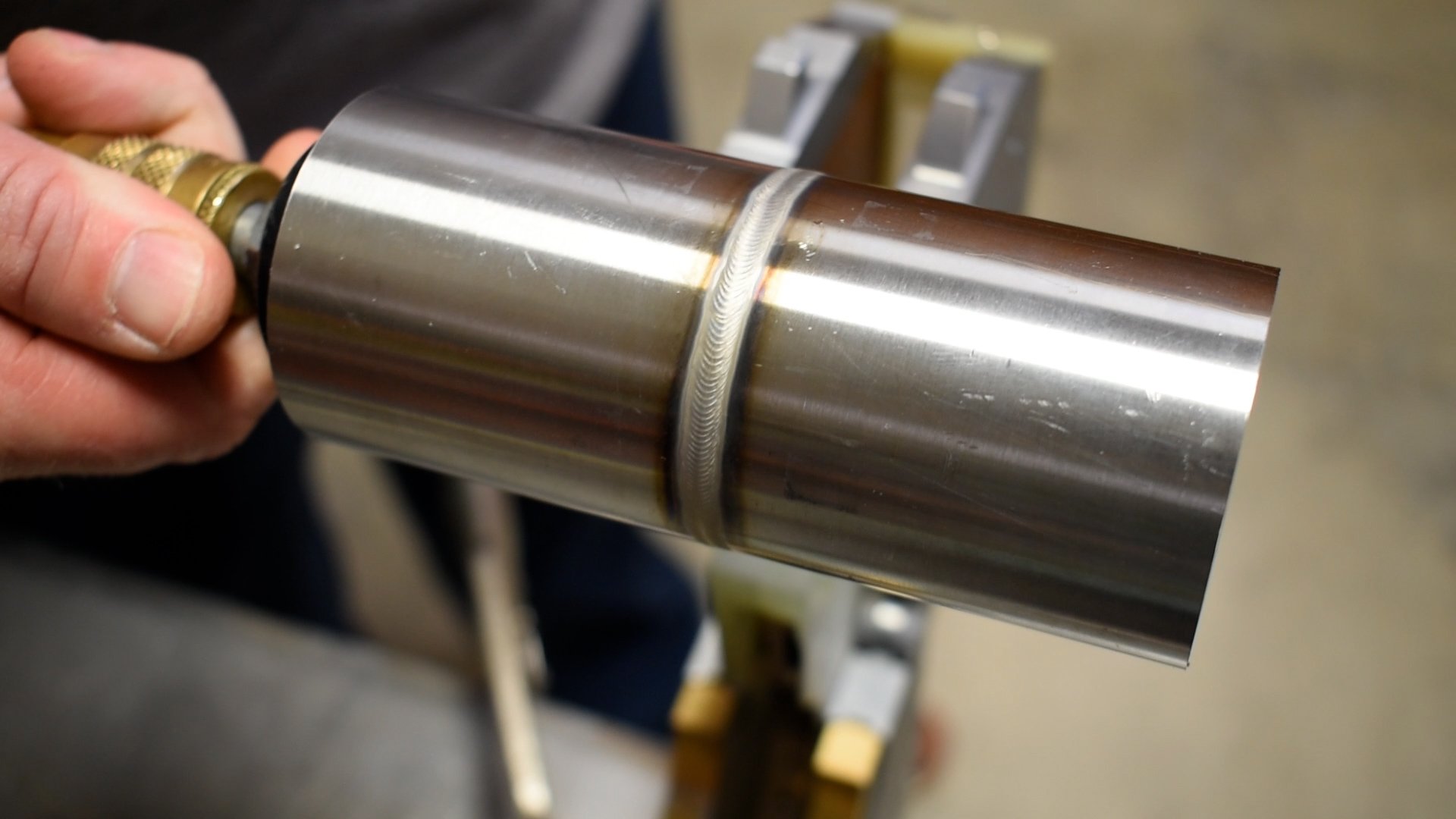Just How to Prevent Weld Undercut: Vital Tips for Welders
Just How to Prevent Weld Undercut: Vital Tips for Welders
Blog Article
A Comprehensive Overview to Identifying, Fighting, and Repairing Undercut Welding Troubles in Your Welding Projects
In the realm of welding, coming across undercut issues is an usual difficulty that can endanger the structural honesty and overall high quality of your welding projects. Understanding the origin triggers behind undercut welding, having the ability to precisely find it in your welds, and applying efficient preventative steps are vital skills for any type of welder. Additionally, having the knowledge and strategies to rectify undercut troubles when they do happen can make a significant difference in the final result of your welding endeavors. Stay tuned as we explore the important components of determining, protecting against, and dealing with undercut welding troubles, offering you with beneficial insights and methods to elevate your welding abilities to the next degree.
Typical Reasons For Undercut Welding
Undercut welding, an usual problem in welding processes, can be triggered by numerous factors that require to be carefully identified and addressed to ensure the honesty of the weld joint. One of the main root causes of undercut welding is too much warm input. When the welding parameters, such as voltage, existing, or travel rate, are not effectively set, a too much quantity of heat can be created. This excess warm leads to the melting and succeeding elimination of the base material along the sides of the weld joint, creating a groove known as undercut.
An additional usual source of undercut welding is inappropriate welding technique. Poor manipulation of the welding lantern or gun, wrong angle or range between the torch and the work surface, or irregular travel rate can all contribute to the development of undercut. Furthermore, using the wrong welding consumables or electrode dimension for a specific joint setup can cause undercut issues. Determining these source and implementing restorative steps is essential in preventing and correcting undercut welding problems in welding projects.
Identifying Undercut in Welds

To determine undercut properly, appropriate illumination and zoom devices are important to examine the weld joint completely. Utilizing devices such as a welding scale or a magnifying glass can help in spotting even the smallest undercut flaws. Additionally, running a finger or a finger nail along the weld joint can often expose undercut, as the surface may really feel uneven or have a dip where the undercut exists.
Safety Nets for Undercut
Having a deep understanding of the root causes of undercut in welds permits for the execution of reliable preventative steps to maintain weld top quality and integrity. One essential precautionary step is correct weld joint preparation. Making sure that the edges are tidy, cost-free of contaminants, and correctly beveled can significantly reduce the chance of undercut (Preventing weld undercut). Furthermore, selecting the appropriate welding parameters, such as voltage, present, and take a trip speed, is important. These setups must be enhanced to protect against extreme heat input, which can cause damage formation.

Techniques for Dealing With Undercut

Enhancing the welding existing or lowering the traveling rate can aid fill in the undercut. Furthermore, transforming the welding strategy from a push to a drag or vice versa can also assist lessen undercut.
One more technique is to use a weaving motion while welding to make certain correct sidewall blend and fill in the undercut. By oscillating the welding arc back and forth within the weld joint, the welder can deposit Clicking Here a lot more filler material right into the undercut areas, successfully getting rid of the flaw.
Moreover, grinding out the undercut and rewelding the joint can be a viable option for more severe undercut problems - Preventing weld undercut. This process entails eliminating the undercut section, preparing the base steel, and then rewelding the joint with correct welding criteria and methods to stop undercut from reoccurring

Expert Tips for Preventing Undercut
Making use of proper welding methods and maintaining control over key welding parameters are link crucial strategies for welders aiming to prevent undercut in their weld joints. One professional idea for preventing undercut is to ensure proper joint preparation. This includes cleaning the base metal completely to eliminate any pollutants that could result in damage formation. Furthermore, selecting the suitable welding procedure and filler metal for the certain application can aid stop undercut. Welders must additionally pay very close attention to the welding present and voltage setups, ensuring they are within the advised array to prevent overheating and prospective undercut. Maintaining a regular traveling speed during the welding procedure is an additional vital idea to avoid undercut. By relocating at a consistent rate, welders can make sure proper blend and decrease the likelihood of undercut formation. Examining the weld grain after completion can aid recognize any kind of indicators of undercut very early on, allowing for immediate rehabilitative action to be taken.
Conclusion
Finally, identifying, preventing, and fixing undercut welding troubles in your welding projects is vital for making sure long lasting and solid welds. Preventing weld undercut. By understanding the common reasons for undercut, having the ability to identify it in welds, implementing precautionary actions, and making use of correct strategies for fixing undercut, you can prevent prospective concerns and develop top quality welds. Adhering to my sources specialist ideas for avoiding undercut can help you enhance your welding abilities and create far better cause your projects
Undercut welding, a typical problem in welding processes, can be caused by various aspects that need to be carefully identified and addressed to ensure the integrity of the weld joint. Furthermore, running a finger or a finger nail along the weld joint can in some cases disclose undercut, as the surface might really feel uneven or have a dip where the undercut exists.
Utilizing appropriate welding strategies and keeping control over key welding criteria are vital methods for welders intending to prevent undercut in their weld joints.In verdict, identifying, stopping, and dealing with undercut welding problems in your welding tasks is important for making certain solid and sturdy welds. By comprehending the usual causes of undercut, being able to identify it in welds, implementing preventative actions, and making use of appropriate techniques for repairing undercut, you can prevent possible concerns and create top quality welds.
Report this page